 Lavaca Stadium
Lavaca Stadium
Entry Category: Counties, Cities, and Towns
 Lavaca Stadium
Lavaca Stadium
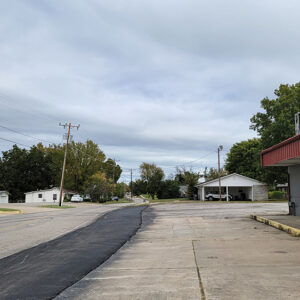 Lavaca Street Scene
Lavaca Street Scene
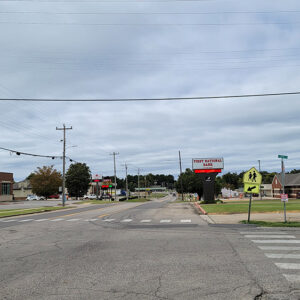 Lavaca Street Scene
Lavaca Street Scene
Lawrence County
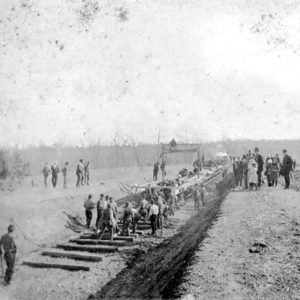 Laying Track in Carroll County
Laying Track in Carroll County
Leachville (Mississippi County)
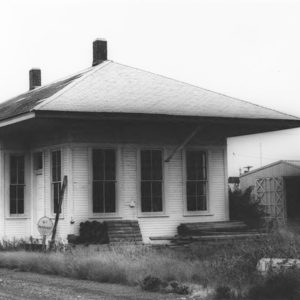 Leachville Depot
Leachville Depot
Lead Hill (Boone County)
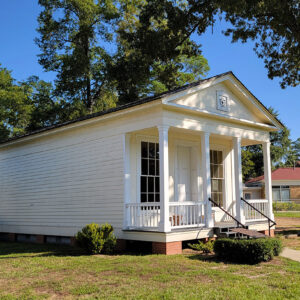 Leake-Ingham Building
Leake-Ingham Building
 Leake-Ingham Building Sign
Leake-Ingham Building Sign
Lee County
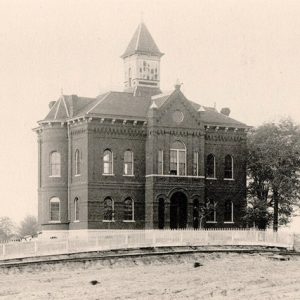 Lee County Courthouse
Lee County Courthouse
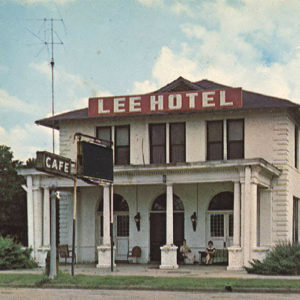 Lee Hotel
Lee Hotel
 Lee Wilson & Co.
Lee Wilson & Co.
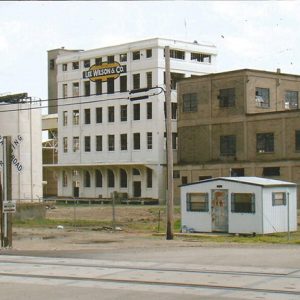 Lee Wilson & Company
Lee Wilson & Company
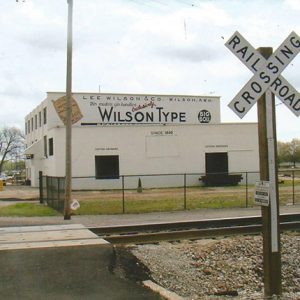 Lee Wilson & Company
Lee Wilson & Company
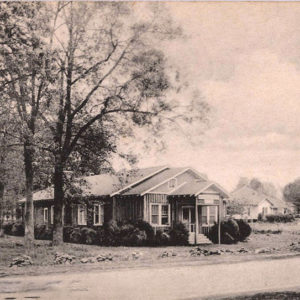 Legion Hut
Legion Hut
Lenox (Clark County)
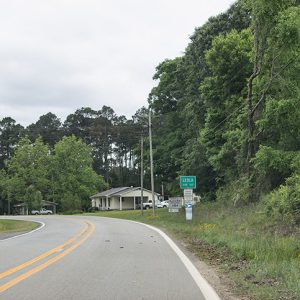 Leola
Leola
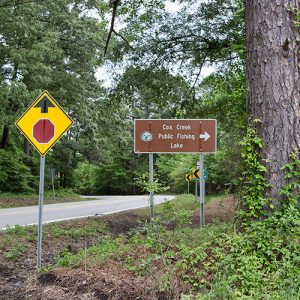 Leola
Leola
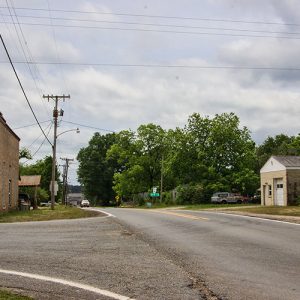 Leola
Leola
Leola (Grant County)
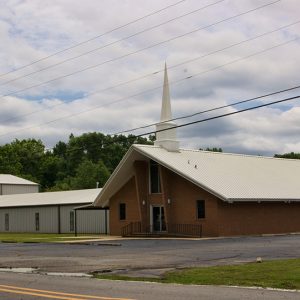 Leola Baptist Church
Leola Baptist Church
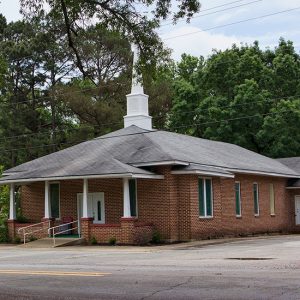 Leola Methodist Church
Leola Methodist Church
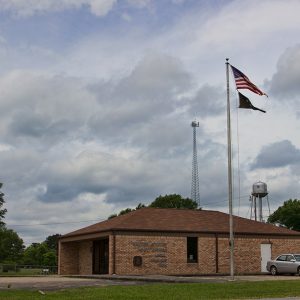 Leola Post Office
Leola Post Office
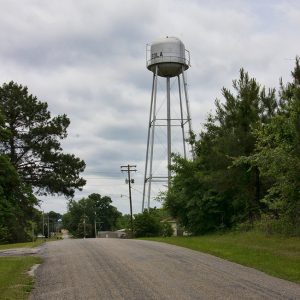 Leola Water Tower
Leola Water Tower
Lepanto (Poinsett County)
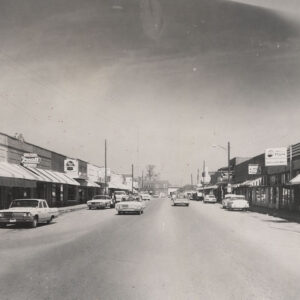 Lepanto Street Scene
Lepanto Street Scene
 Lepanto Church
Lepanto Church
Leslie (Searcy County)
 Leslie Depot
Leslie Depot
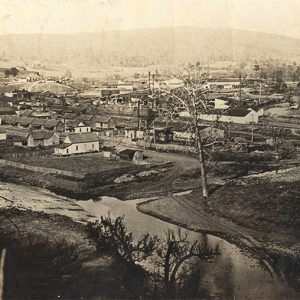 Leslie Manufacturing District
Leslie Manufacturing District
 Leslie Overlook
Leslie Overlook
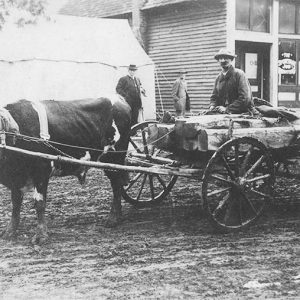 Leslie Street Scene
Leslie Street Scene
 Leslie Street Scene
Leslie Street Scene
Lester (Ouachita County)
Letona (White County)
Levy (Pulaski County)
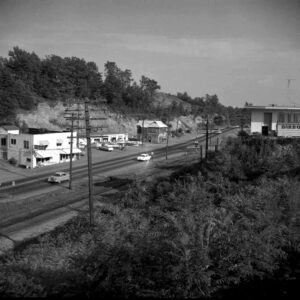 Levy Street Scene
Levy Street Scene
Lewisburg (Conway County)
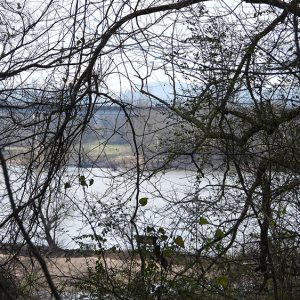 Lewisburg Bridge
Lewisburg Bridge
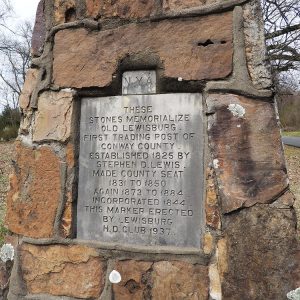 Lewisburg Marker
Lewisburg Marker
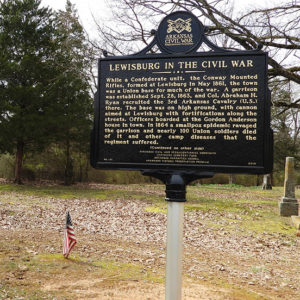 Lewisburg Marker
Lewisburg Marker
Lewisville (Lafayette County)
 Lewisville Street Scene
Lewisville Street Scene
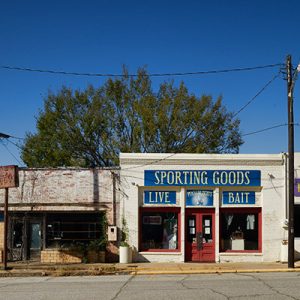 Lewisville Street Scene
Lewisville Street Scene
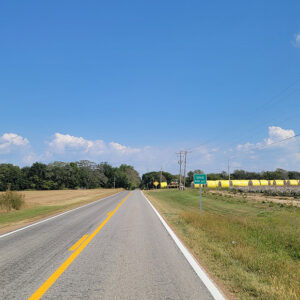 Entering Lexa
Entering Lexa
Lexa (Phillips County)
 Lexa Church
Lexa Church
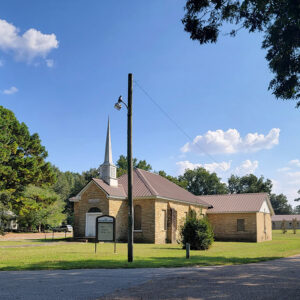 Lexa Church
Lexa Church




